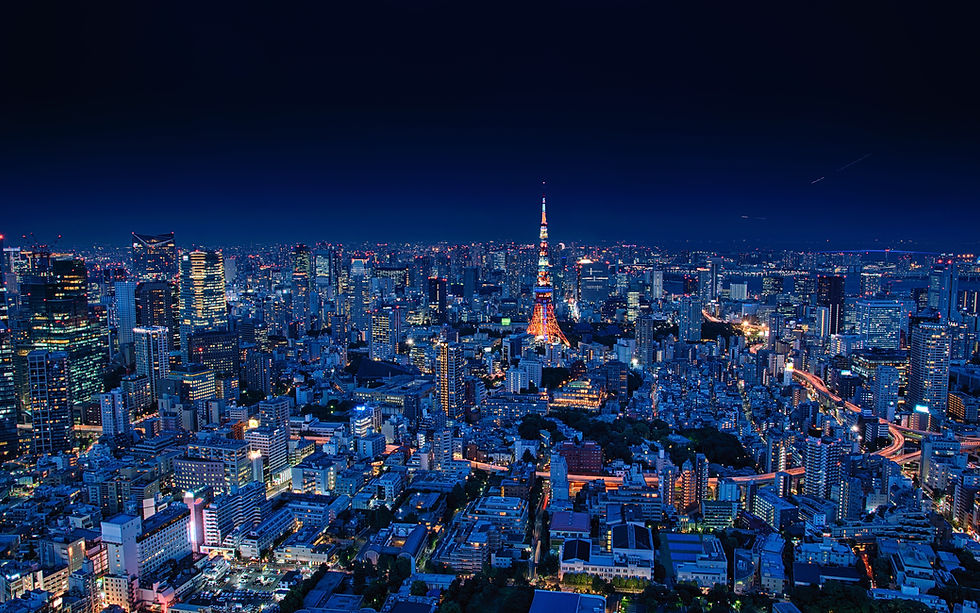
Introduction
Akiya, or abandoned homes, have become a notable topic in discussions about Japanese real estate. While rural and suburban areas of Japan are known to have a significant number of these vacant properties, the situation in Tokyo is quite different. This article explores why akiya are rare in Tokyo and what factors contribute to this scarcity.
Urban Density and High Demand
1. Population Density:
Concentration of Residents: Tokyo is one of the most densely populated cities in the world. With a population of over 14 million people, the demand for housing is consistently high.
Urban Living: The desire to live in close proximity to workplaces, schools, and amenities drives the high demand for residential properties in Tokyo.
2. High Real Estate Value:
Property Prices: Real estate in Tokyo is among the most expensive in the world. Even small apartments in central areas command high prices, making it economically unfeasible for properties to remain vacant for long.
Investment Potential: Investors and homeowners are keen to capitalize on the high property values, leading to quick sales and rentals of available properties.
Government and Municipal Efforts
1. Incentive Programs:
Subsidies and Grants: The Tokyo Metropolitan Government offers various subsidies and grants to encourage the renovation and utilization of vacant properties. These programs aim to reduce the number of akiya by making it financially attractive to restore and inhabit them.
Tax Benefits: Tax incentives are provided to owners who refurbish and rent out their vacant properties, further reducing the likelihood of homes remaining abandoned.
2. Urban Planning and Development:
Redevelopment Projects: Continuous urban redevelopment projects ensure that even potentially vacant properties are quickly repurposed or rebuilt. This proactive approach minimizes the chance of properties becoming long-term akiya.
Public Housing Initiatives: The government also invests in public housing projects to ensure there are adequate living spaces for the city’s growing population.
Cultural and Social Factors
1. Lifestyle Preferences:
Preference for Newness: Japanese culture often values newness and modernity, especially in urban settings. This cultural preference leads to the constant updating and renovation of homes, leaving little room for properties to fall into disuse.
Community Vigilance: In Tokyo, neighborhood associations and community groups often monitor vacant properties and work with local authorities to address potential akiya before they become a problem.
2. Economic Mobility:
Job Opportunities: Tokyo’s robust job market and economic opportunities attract people from all over Japan and the world, maintaining a high demand for housing. This continuous influx of residents ensures that even older homes find occupants or investors.
Rental Market: The strong rental market in Tokyo means that vacant homes are quickly rented out, reducing the likelihood of properties becoming akiya.
Challenges and Rare Exceptions
1. Aging Population:
Elderly Homeowners: In some rare cases, elderly homeowners may leave properties vacant due to relocation to care facilities or passing away without immediate heirs. However, these instances are less common in Tokyo compared to rural areas.
Inheritance Issues: Occasionally, inheritance disputes or financial difficulties can result in temporary vacancies, but such properties are usually resolved and reoccupied relatively quickly.
2. Historical and Cultural Buildings:
Preservation Efforts: Some older buildings with historical or cultural significance may remain vacant as efforts are made to preserve and restore them. These properties, however, are often part of larger preservation projects and not typical residential akiya.
Conclusion
Akiya are rare in Tokyo due to a combination of high population density, strong demand for housing, proactive government measures, and cultural preferences for new and modern living spaces. While the phenomenon of abandoned homes is prevalent in many rural parts of Japan, Tokyo’s vibrant real estate market and urban planning initiatives ensure that most properties are quickly utilized or redeveloped. Understanding these dynamics provides insight into the unique real estate landscape of Japan’s bustling capital city.

Comments